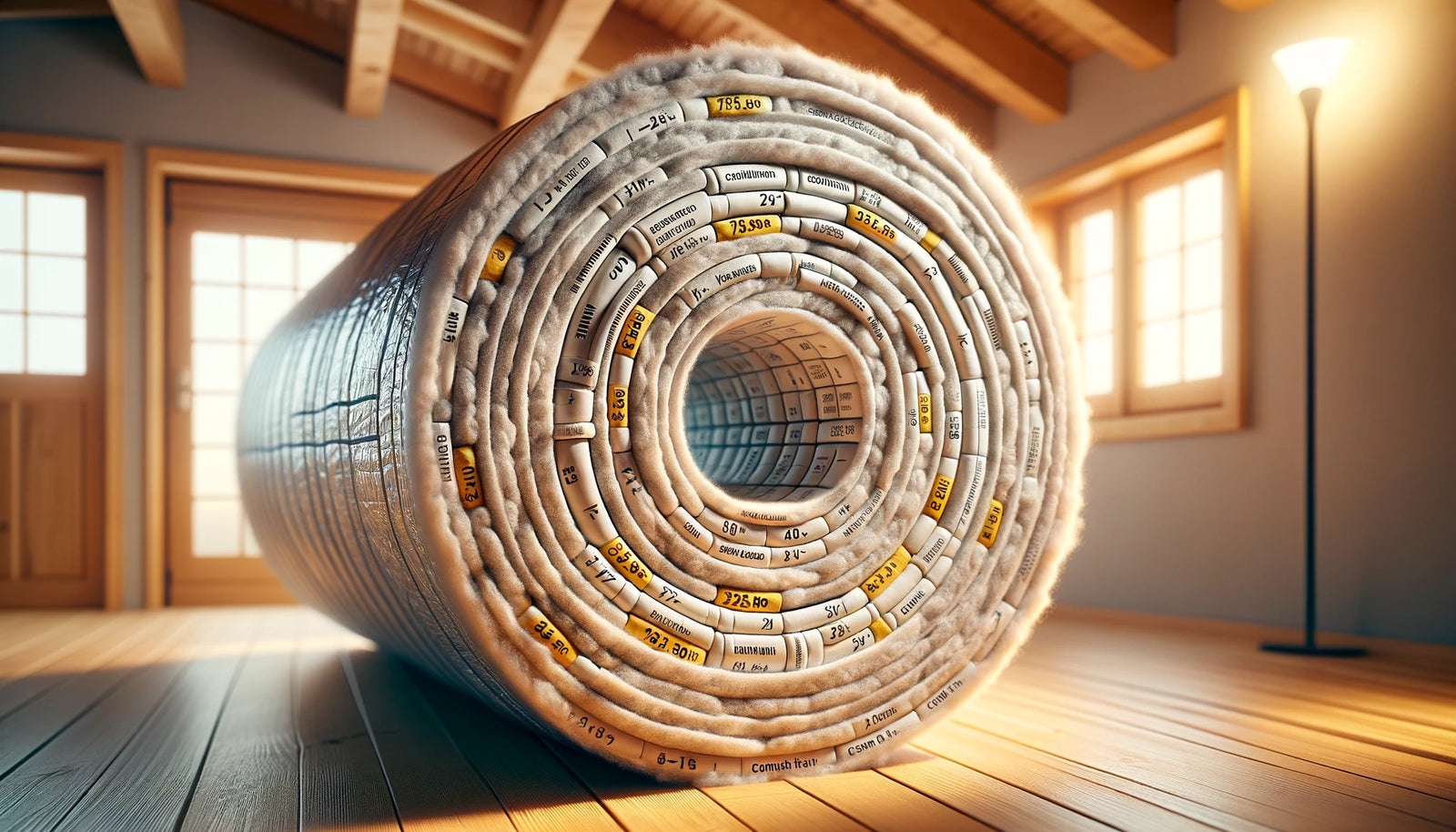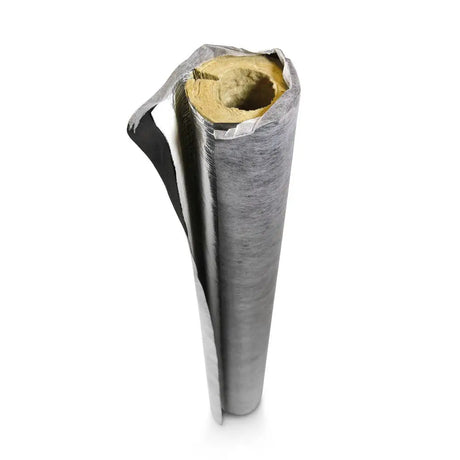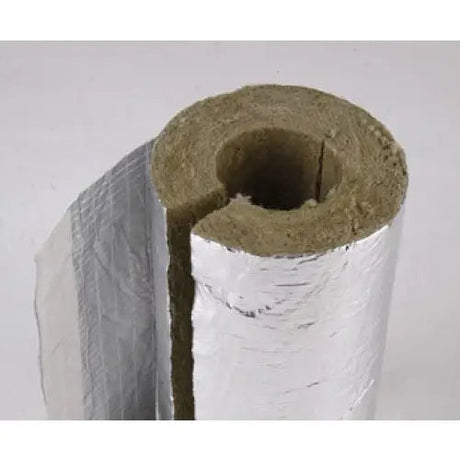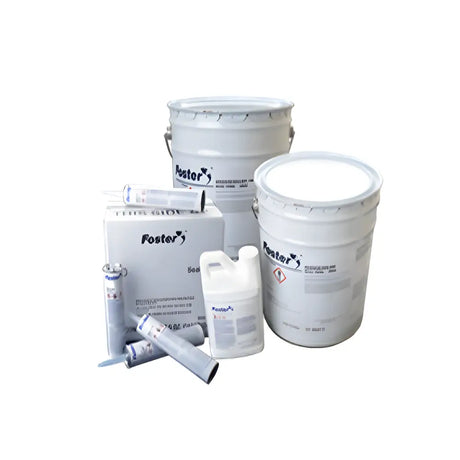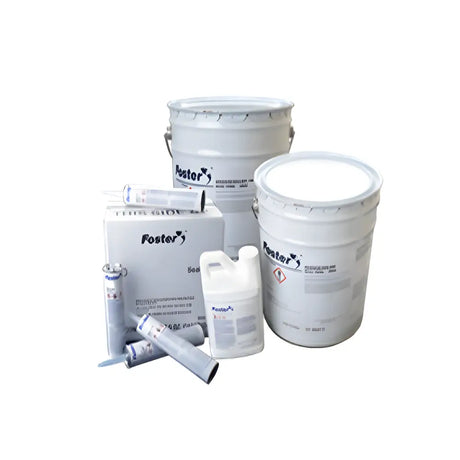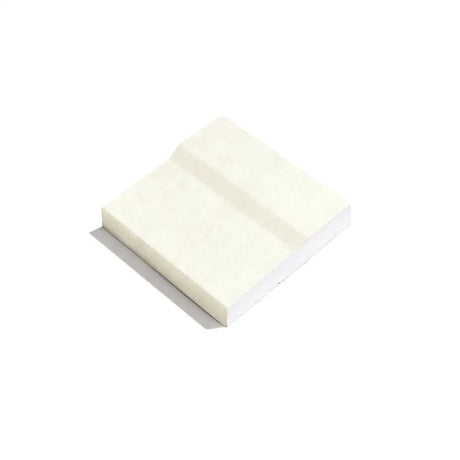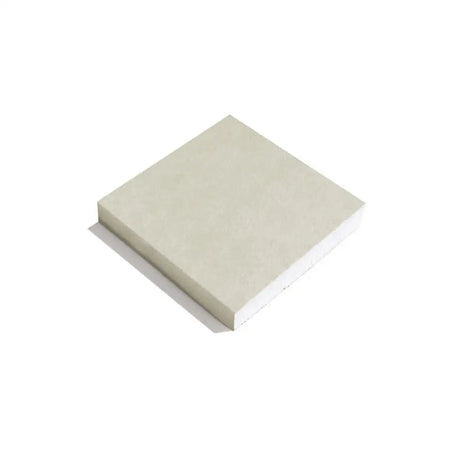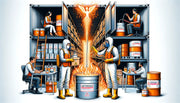Proper duct insulation is crucial for maintaining energy efficiency and comfort in your home. The R-value is a measure of insulation's ability to resist heat flow, and choosing the correct R-value for your duct insulation can significantly impact your heating and cooling system's performance. This guide will help homeowners understand the importance of R-value, determine the ideal R-value for their ductwork based on various factors, and ensure that their insulation is installed and maintained effectively for optimal energy savings.
Key Takeaways
- Understanding R-value is essential for selecting the right insulation material to enhance your home's energy efficiency.
- The ideal R-value for duct insulation varies based on climate, ductwork location, and the specific heating and cooling needs of a home.
- Calculating the optimal R-value involves assessing home energy requirements and balancing cost with efficiency.
- Proper installation and regular maintenance of duct insulation are key to sustaining its effectiveness and energy-saving benefits.
- Regular evaluation of duct insulation performance through testing and energy bill analysis helps in making informed decisions about upgrades or replacements.
Understanding R-Value and Its Importance in Duct Insulation
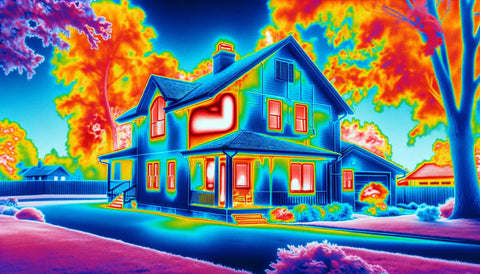
Defining R-Value in Insulation Materials
The R-Value is a measure of thermal resistance, which indicates how well an insulation material can resist heat flow. Higher R-Values mean better insulation performance, ensuring that less heat escapes in the winter and less heat enters in the summer. This metric is crucial for homeowners to understand as it directly impacts energy consumption and cost.
When selecting insulation materials, it's essential to consider the R-Value in relation to your specific needs. For instance, different areas of a home may require different R-Values for optimal efficiency. Here's a simple list to guide you:
- Attic insulation typically requires a higher R-Value due to direct exposure to the elements.
- Wall insulation can have a moderate R-Value, balancing cost and performance.
- Floors over unheated spaces need sufficient R-Value to prevent heat loss.
Remember, the ideal R-Value for your home will depend on several factors, including climate, home design, and personal comfort preferences. It's not just about the highest number; it's about the right fit for your home.
The Role of R-Value in Energy Efficiency
The R-Value of insulation is a measure of its resistance to heat flow. The higher the R-Value, the greater the insulation's effectiveness in preventing heat transfer. This is crucial for maintaining a comfortable indoor temperature and reducing the energy required for heating and cooling. Properly insulated ducts can significantly lower energy bills by minimizing the loss of conditioned air.
In the context of duct insulation, an optimal R-Value ensures that the air traveling through the ducts does not lose or gain heat unnecessarily. This is particularly important in unconditioned spaces such as attics or basements where ductwork is often routed. By choosing the right R-Value, homeowners can achieve a balance between initial investment and long-term savings.
Mineral wool insulation is a popular choice for duct insulation due to its versatility and sustainability. It offers not only thermal but also acoustic and fire protection benefits, making it a comprehensive solution for many insulation needs.
When selecting duct insulation, consider the R-Value as a key factor in enhancing energy efficiency and comfort in your home.
How R-Value Affects Heating and Cooling Systems
The R-Value of insulation is a measure of its thermal resistance, or its ability to resist heat flow. Higher R-Values indicate greater insulating power, which can significantly impact the efficiency of your home's heating and cooling systems. Properly insulated ducts can help maintain the desired temperature, reducing the workload on your HVAC system and potentially lowering energy costs.
Insulation with an inadequate R-Value can lead to energy losses, as heated or cooled air escapes through the ductwork. This not only compromises your home's comfort but also results in higher utility bills. To optimize energy efficiency, it's crucial to select the right R-Value for your duct insulation based on specific factors such as climate and duct location.
Ensuring that your ductwork is insulated with the correct R-Value is essential for maintaining an energy-efficient home.
Factors Influencing the Selection of R-Value for Duct Insulation
Climate Considerations for Insulation Needs
The climate in which you live plays a pivotal role in determining the ideal R-value for your duct insulation. Colder climates demand higher R-values to maintain warmth and energy efficiency within the home. Conversely, in milder regions, a lower R-value may suffice, as the insulation does not need to combat extreme temperatures.
Spray foam insulation boosts energy efficiency and tackles moisture control, making it a suitable option for areas with high humidity or significant temperature fluctuations. However, the choice of insulation material should also consider long-term health and environmental impacts. For instance, while mineral wool is effective for thermal retention, its health impact and water resistance are subjects of ongoing debate.
It is essential to balance the immediate benefits of a high R-value with the specific climate-related challenges your home may face.
When selecting the appropriate R-value for your duct insulation, consider the following factors:
- Average local temperatures throughout the year
- Humidity levels and moisture exposure
- The prevalence of extreme weather events
These considerations will guide you towards an insulation solution that not only conserves energy but also enhances the comfort and longevity of your home.
Ductwork Location and Its Impact on Insulation
The location of ductwork in a home can significantly influence the type and amount of insulation required. Ducts located in unconditioned spaces, such as attics, basements, or garages, will generally require a higher R-value to prevent energy loss. Conversely, ducts within the conditioned space may need less insulation, as the surrounding air temperature is more controlled.
Climate also plays a pivotal role in determining the appropriate R-value for duct insulation. In areas with extreme temperatures, the demands on duct insulation are greater to maintain energy efficiency. Here's a simple list to consider when evaluating ductwork location:
- Proximity to unconditioned spaces
- Exposure to external temperature fluctuations
- Potential for condensation and moisture issues
Ensuring that ducts are properly insulated based on their location can lead to significant energy savings and improved system performance.
Material Types and Their Corresponding R-Values
When selecting the appropriate insulation for your ductwork, understanding the different material types and their corresponding R-values is crucial. Each material offers distinct thermal resistance properties, which are measured by their R-value. The higher the R-value, the greater the insulation's effectiveness in resisting heat flow.
Here is a brief overview of common insulation materials and their typical R-values per inch:
- Fiberglass: R-3.1 to R-4.3
- Mineral Wool (Rock or Slag): R-3.0 to R-3.3
- Cellulose: R-3.1 to R-3.7
- Polyurethane Foam: R-5.9 to R-6.3
- Polystyrene (Expanded): R-3.6 to R-4.0
- Polystyrene (Extruded): R-5.0 to R-5.5
It's essential to consider the specific needs of your home and the climate you live in when choosing the right insulation material. The R-value suited for a home in a mild climate may not be adequate for a home in a region with extreme temperatures.
You should also consider the types of adhesives needed and rated for use with your insulation, including pressure sensitive, hot melt, solvent-based adhesives, and self-adhesive tapes.
Calculating the Optimal R-Value for Your Home

Assessing Your Home's Heating and Cooling Requirements
Before selecting the ideal R-value for your duct insulation, it is crucial to assess your home's specific heating and cooling requirements. Understanding the demand of your HVAC system is the first step towards achieving optimal energy efficiency. Different homes will have varying needs based on size, design, and thermal characteristics.
Climate is a significant factor that affects these requirements. For instance, homes in colder regions will benefit from higher R-values to retain heat, whereas in warmer areas, the focus might be on keeping the heat out. Here's a simple list to consider when assessing your home's needs:
- Size and layout of your home
- Local climate and seasonal temperature extremes
- Existing HVAC system capacity and performance
- Insulation currently in place and its condition
It's essential to balance the upfront cost of insulation with long-term energy savings. Investing in premium duct insulation products not only improves energy efficiency but also enhances the acoustic comfort of your home.
Remember, the goal is to select an R-value that corresponds to your home's requirements without overspending on unnecessary insulation.
Tools and Methods for Calculating R-Value
To accurately determine the ideal R-value for duct insulation in your home, a variety of tools and methods can be employed. Thermal imaging cameras can detect areas where heat is being lost, indicating where higher R-value materials may be necessary. Additionally, software simulations can model your home's thermal characteristics and suggest optimal insulation levels.
Insulation calculators are another resourceful tool. These calculators take into account factors such as local climate, home size, and energy costs to provide a tailored R-value recommendation. For those who prefer a more hands-on approach, manual calculations can be done using the formula: R-value = Temperature Difference x Area x Time / Heat Loss.
Remember, the goal is to achieve a balance between insulation effectiveness and cost. An R-value that is too high may not be cost-effective, while an R-value that is too low will not provide adequate insulation.
Balancing Cost and Efficiency in Insulation Choices
In order to select the ideal R-value for duct insulation, homeowners must also strike a balance between initial costs and long-term energy savings as higher R-values typically mean better insulation, but they generally also implies a higher price tag. Therefore, it's a good idea to carefully evaluate both the upfront investment and the potential energy cost reductions over time.
Cost-effectiveness is not just about the purchase price; it's about the insulation's performance over its lifespan.
To make an informed decision, consider the following factors: the climate you live in, the location of your ductwork, and the type of heating and cooling system you have. These elements will influence the optimal R-value for your home.
Remember, the goal is to achieve a comfortable indoor environment without overspending on energy bills or insulation materials. By carefully considering your specific needs and the products available, you can find the right balance for your home.
Installation and Maintenance of Duct Insulation
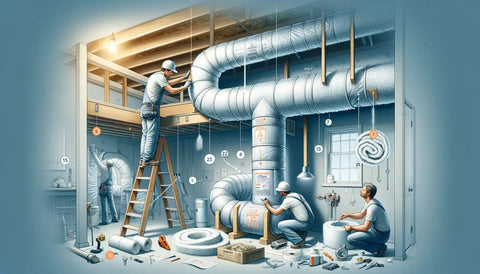
Best Practices for Installing Duct Insulation
Proper installation of duct insulation is crucial for maximizing energy efficiency and maintaining the integrity of your HVAC system. Ensure that the insulation material is correctly sized and snugly fits around the ducts without compressing it, as this can reduce its effectiveness. Use the appropriate sealants and tapes to secure the insulation, preventing any air leaks that could compromise the system's performance.
- Measure the ducts accurately before cutting the insulation to size.
- Seal all joints and seams in the ductwork prior to insulation.
- Choose insulation materials with the right R-value for your specific needs.
- Follow manufacturer instructions for the best results.
Remember, a well-insulated duct system not only reduces energy costs but also improves indoor air quality and comfort. Regularly check the insulation for any signs of damage or wear and address issues promptly to maintain its efficiency.
Common Mistakes to Avoid in Insulation Installation
Proper installation of duct insulation is crucial for achieving the desired energy efficiency and comfort in your home. Avoiding common installation errors can save you from costly repairs and inefficiencies down the line. Here are some mistakes to steer clear of:
- Ignoring manufacturer's instructions: Each insulation material comes with specific guidelines that must be followed for optimal performance.
- Inadequate sealing: Gaps or spaces in the insulation can lead to significant energy losses.
- Over-compression of insulation: Compressing the material too much can reduce its R-value and effectiveness.
- Using incorrect materials: Not all insulation materials are suitable for every type of ductwork. Choose the right type for your system.
Remember, proper installation is not just about the material but also about the technique. Ensuring a snug fit without compromising the insulation's integrity is key to maintaining its R-value.
Maintaining Insulation for Maximum Efficiency
To ensure that your duct insulation performs optimally over time, regular maintenance is crucial. Inspecting your insulation annually for signs of wear and tear can prevent efficiency losses and extend the lifespan of the material. Areas to focus on include seals and joints, where air leaks are most likely to occur.
We strongly emphasize the importance of addressing any issues promptly and if damage or degradation is detected, it's essential to repair or replace the affected sections as soon as possible to maintain the integrity of your ductwork. Here's a simple checklist to follow:
- Check for physical damage such as tears or holes
- Look for moisture accumulation or signs of mold
- Ensure insulation is properly sealed and hasn't shifted
- Verify that all insulation materials are intact and have not compressed
By adhering to these maintenance steps, you can help reduce energy costs and improve the overall performance of your heating and cooling systems.
Remember, proper maintenance not only preserves the R-value of your insulation but also contributes to a healthier indoor air quality and regularly reviewing your insulation needs with these options in mind can lead to significant energy savings and comfort improvements.
Evaluating the Performance of Your Duct Insulation
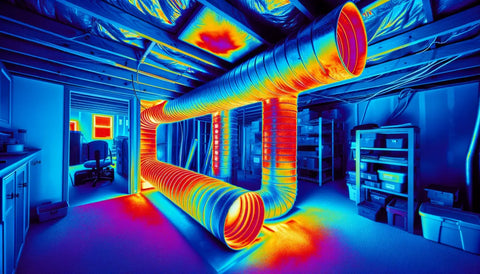
Methods for Testing Insulation Effectiveness
To ensure that your duct insulation is performing optimally, regular testing is crucial. Thermal imaging cameras are a popular tool for detecting areas where heat is being lost, indicating potential insulation weaknesses. Another method is the use of a smoke pencil to reveal air leaks around ductwork. For a more quantitative approach, homeowners can conduct a heat flux measurement, which calculates the rate of heat transfer through the insulation.
By comparing the temperature difference across the insulation to the heat flux, one can assess the effectiveness of the duct insulation.
It's important to note that these tests should be carried out under typical operating conditions to get accurate results. If you suspect that your insulation is underperforming, consider the following steps:
- Visually inspect the insulation for any signs of damage or wear.
- Check for consistent insulation thickness along the ductwork.
- Ensure that all joints and seams are properly sealed.
- Contact a professional if discrepancies are found or if you're unsure about the assessment.
Interpreting Energy Bills and Insulation Performance
Understanding your energy bills is crucial in assessing the effectiveness of your duct insulation. A consistent decrease in energy consumption after insulation installation indicates improved efficiency. However, if bills remain high, it may suggest that the insulation is not performing as expected. Look for seasonal variations in energy use to understand the impact of insulation on heating and cooling costs.
To accurately interpret your bills, consider the following factors:
- The average temperature during the billing period
- Changes in energy rates
- Any alterations in home usage patterns
Energy efficiency is not just about lower bills; it's also about maintaining a comfortable home environment while reducing your carbon footprint. By comparing your energy consumption before and after insulation, you can gauge the return on your investment.
Remember, insulation is a long-term investment. Evaluating its performance should be done over a period of time to account for external variables that can affect energy usage.
When to Consider Upgrading or Replacing Insulation
Over time, duct insulation can deteriorate or become less effective due to various factors such as moisture, temperature fluctuations, and physical damage. Assessing the condition of your insulation regularly is crucial to maintain energy efficiency and system performance. If you notice increased energy bills, uneven heating or cooling, or visible damage to the insulation, it may be time to consider an upgrade or replacement.
Insulation performance is not just about the material's age; it's also about its ability to meet current energy standards and the specific needs of your home. Here are some indicators that your insulation might need attention:
- Unusually high energy bills
- Physical signs of wear and tear
- Difficulty maintaining consistent temperatures
- Presence of mold or mildew
Upgrading your insulation can lead to significant energy savings and improve the overall comfort of your home.
Remember, when selecting new insulation, consider the R-value in relation to your climate and the location of your ductwork.
Recap: Balancing Efficiency and Cost for Optimal Comfort
Determining the ideal R-value for your duct insulation is a critical step in enhancing your home's energy efficiency and comfort. By considering the climate zone, the location of your ductwork, and the specific needs of your household, you can make an informed decision that balances long-term savings with upfront costs. Remember that higher R-values typically translate to better insulation and greater energy savings, but the law of diminishing returns means that at some point, the cost may outweigh the benefits. Consulting with a professional can provide personalized advice tailored to your situation. Ultimately, the right insulation for your ducts will contribute to a more comfortable living environment and can lead to significant reductions in your energy bills over time.
Frequently Asked Questions
What is R-Value and why is it important for duct insulation?
R-Value is a measure of thermal resistance and indicates how well an insulation material can prevent heat flow. It's important for duct insulation because it helps maintain the desired temperature of the air traveling through the ducts, leading to improved energy efficiency and lower utility bills.
How does climate affect the R-Value needed for duct insulation?
Climate plays a significant role in determining the appropriate R-Value for duct insulation. In colder climates, higher R-Values are typically needed to retain heat, while in warmer climates, the focus may be on keeping cool air from warming up, which might require a slightly lower R-Value.
Where should I install insulation on my ductwork?
Insulation should be installed on all ductwork that runs through unconditioned spaces such as attics, crawlspaces, and garages to prevent energy loss. The R-Value needed may vary depending on whether the ducts are located in these areas or within conditioned spaces.
What tools can I use to calculate the optimal R-Value for my home?
There are various tools available, including online calculators and software programs, that can help homeowners determine the optimal R-Value based on factors such as local climate, home size, and heating and cooling systems. A professional energy audit can also provide tailored recommendations.
Can I install duct insulation myself, or should I hire a professional?
While some homeowners may feel comfortable installing duct insulation themselves, it's often best to hire a professional to ensure that it's done correctly. Professionals can avoid common mistakes and ensure that the insulation is properly fitted and secured to maximize its effectiveness.
How do I know if my duct insulation is performing well?
You can evaluate the performance of your duct insulation by looking for consistent temperatures throughout your home, checking for any drafts or temperature fluctuations, and monitoring your energy bills for unexpected changes. Professional energy audits can also assess insulation effectiveness.

